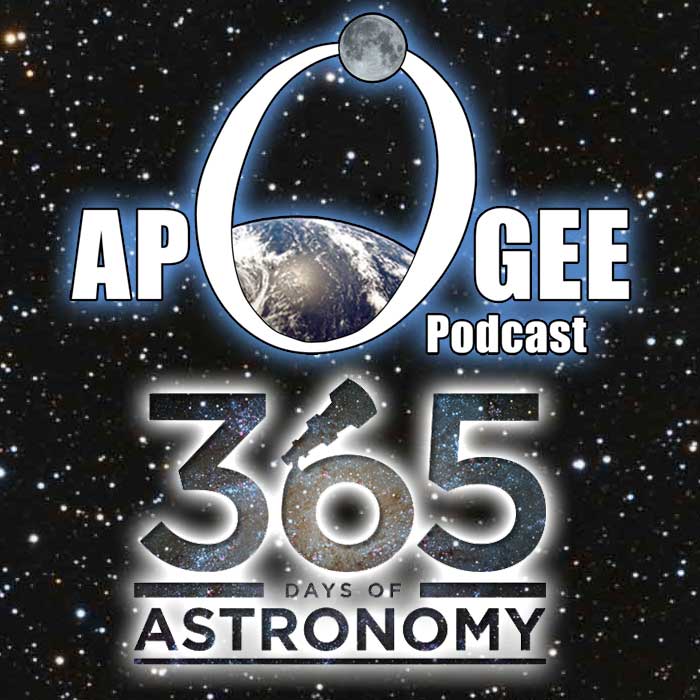


Oct 19th: The Habitable Exoplanet Hunting Project
We are looking for more observatories and amateur astronomers who might want to join the project. The Habitable Exoplanet Hunting Project is a worldwide network of amateur astronomers searching for new potentially habitable exoplanets.

Oct 3rd: Is Earth Special?
In an exciting discovery, water vapor has been found in the atmosphere of a distant exoplanet planet known as K2-18b, which is 110 light years from Earth in the constellation Leo.

Sep 26th: Bringing the Planetology Home
Join us today and listen to Astronomy Without a Telescope series as @CheapAstro finds an exoplanet that’s strangely familiar. #365DaysOfAstro

Aug 17th: How to Measure Exoplanet Transit Light Curves with Amateur Telescopes
How to Measure Exoplanet Transit Light Curves with Amateur Telescopes. More with @DeepAstronomy at #365DaysOfAstro

Jun 22nd: Finding Dipper Stars while looking for Exoplanets
Cosmic chronicles the invention of radial velocity spectrometer around 1868 & how it lead to the search for extrasolar planets.

May 22nd: Is Pluto a Planet?
In 2006, Pluto was officially stripped of its planetary status. Now that debate is being reignited with some astronomers calling for the reinstatement of Pluto as a planet, arguing that the icy world should never have been demoted in the first place. So what is the deal? Is Pluto a planet?

May 4th: Observing With Webb in May 2019
May is looking to be a great month for catching up on constellations, enjoying the warm air, and checking out the Moon getting close to the planets.

Apr 6th: Observing With Webb in April 2019
April is fairly non-eventful, except for the annual Lyrid meteor shower and some good close encounters between the Moon and Mars, Jupiter, and Saturn, and at least one rocket launch.

Mar 2nd: Observing With Webb in March 2019
A great morning lineup in the beginning of the month, all the naked-eye planets visible at some point in the month, and a great lineup ending the month is making March another great morning planetary astronomy month.

